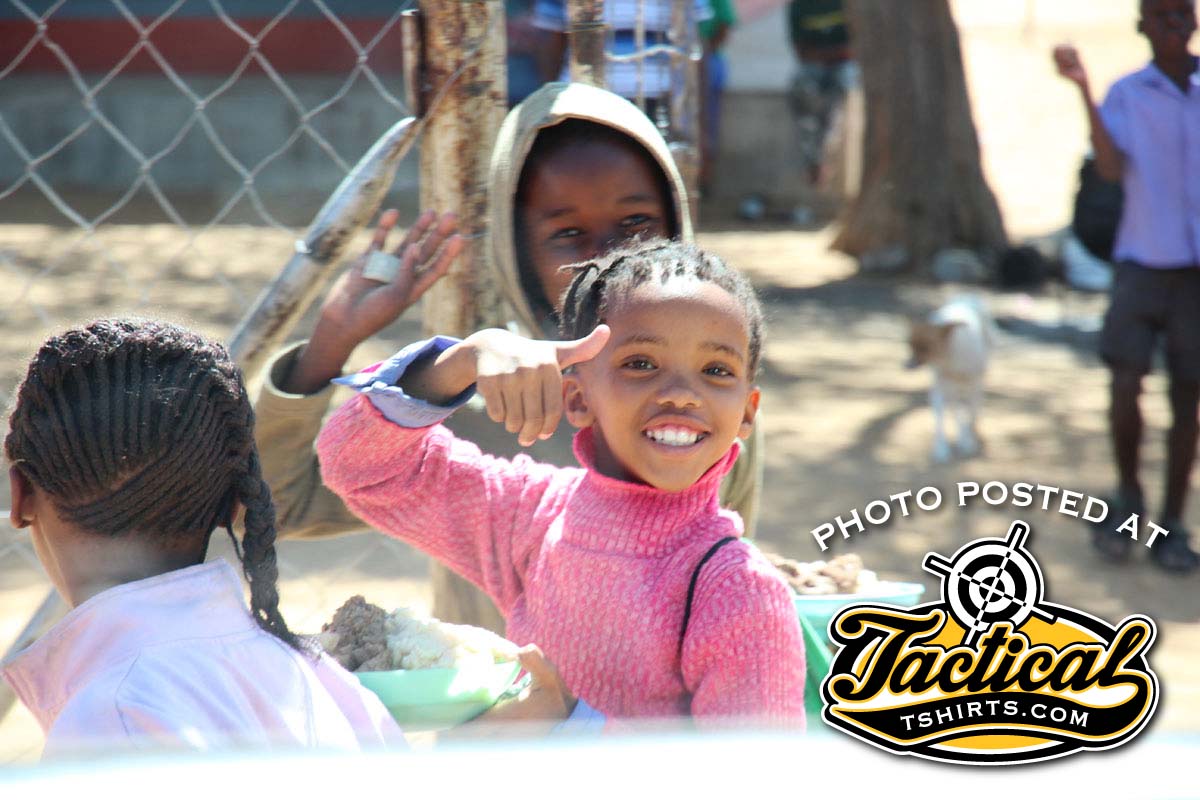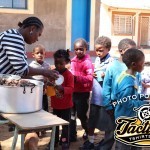
On Trophy Hunting
Recently, many hunters–particularly women–have been getting bullied, abused and threatened on social media sites for posting photos of themselves with animals they legally and ethically killed on “trophy” hunts. I expect everything from ugly statements to actual acts of violence from anti-hunters whose activism is nothing less than their religion, but what I didn’t expect were the comments from other folks claiming to be hunters who sneered, criticized or attacked because of their interpretation of trophy hunting.

Just some of those comments from “hunters” that I’ve seen posted include:
“I am not an anti hunter grew up hunting but also eating what was hunted. To shoot something so beautiful just to be able to say you did is wrong.”—From “Tealover” on people.com

On foxnews.com, “chugach” posts: “I hunt myself, but I agree that this is just a ditz trying to get popular through questionable means. Hunting game for food is one of the most environmentally friendly activities there is, but glorifying trophy hunting for money is simply tasteless.”
And “taylorandcody” posts on Facebook: “Hunting isn’t about killing for fun and showing off. Is for putting dinner on the table.”

This all begs the question; “How does one define ‘trophy’ hunting?” It’s clear some of those commenting think it means killing an animal, taking a photo, cutting the head off and going about your merry way. I believe psychiatrists call that “projecting” where one “projects” their personal values and attributes them to the actions of another.
To me, trophy hunting is something entirely different, so I’d like to share with you the photos from my latest trophy hunt. Shown here is an oryx taken in Namibia on Thanksgiving Day 2013 after a full day of “cat-and-mouse” with the many oryx on a friend’s farm near Windhoek. It is a mature bull with a unique inward bend to the tip of its right horn. It dropped from a single shot from a well-worn Czech Mauser converted to .300 Winchester Magnum.
The meat fed 350 children at the Otjivero Primary School who live in the Otjivero settlements near Omitara, eastern Namibia. All of the meat from the animals trophy hunted on my friend’s farm goes to the school. In fact, the village and my friend have a deal in which, so long as villagers don’t poach animals on her farm, she keeps the kids supplied with meat from the hunts. It’s an effective anti-poaching arrangement common in many parts of Africa.
The trophy fee for my oryx was USD $900. Some of that money obviously went to my friend to pay staff and cover the overhead of running her farm. But some also goes to the government to fund its wildlife departments and some is voluntarily set aside in a fund my friend created that pays for several village children to go to college each year. Those scholarships are awarded to students based not only on their grades, but also on profiles indicating that they will take their education and do something with it to the betterment of their village.

Yes, that oryx is a trophy. It hangs proudly on my wall as a reminder that on Thanksgiving Day 2013, killing it helped feed a village, send kids to college, and protect wild animals in Namibia from unregulated poaching. It reminds me that there are places in the world without grocery stores–where the concept of money and shopping is as foreign as the idea of scratching out a subsistence living is to us. It reminds me that in the US we saw the land as a valuable resource and cleared much of it for housing and farming, while other parts of the world see their wildlife as a valuable resource and manage it for sustainable use and that hunters are an important part of that management. This is trophy hunting as I see it.
–Scott Mayer
- CMMG Banshee & DefCan - April 13, 2018
- Cartridges Before There Were Cartridges - May 7, 2017
- Gas Rings Seal Test - April 17, 2017






